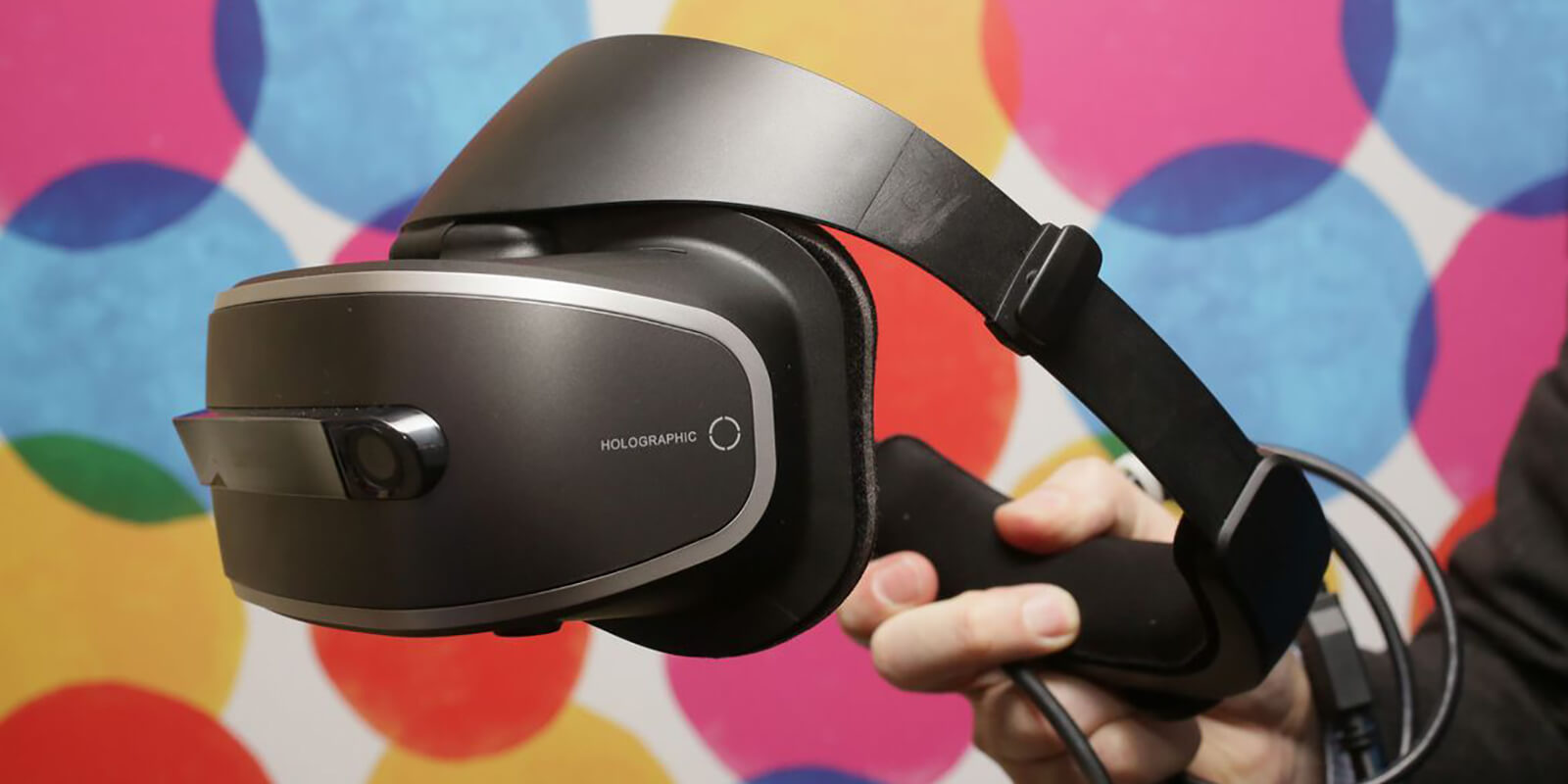

Room scale is crucial for creating realistic scenarios in VR. Static experiences from 3DoF don’t provide the depth required to capture insights into user behavior. Every year there are new games that are testing the limits of what’s possible. They have to be mindful of any details that may break the immersion. It also provides game developers with new ways to tell stories and design environments. The ability to move around the room is much more engaging than a seated experience. Whether you’re dodging bullets, swimming through an abandoned ship or slicing cubes with a lightsaber. Room scale VR is made for gaming because it lets you experience new perspectives that aren't possible through other platforms.

Space Required for Room Scale VR: You will want a minimum of 2M x 1.5M (6.6ft x 5ft) for a comfortable experience. These sensors help the headset track the surrounding area and user position to adjust accordingly in the virtual world.Įxternal Sensors: The HTC Vive and Oculus Rift use external sensors set up around the room to track users. Internal Sensors: The Oculus Quest and Oculus Rift S were released in 2019 with “inside-out tracking.” This means they have built-in sensors and cameras. Room scale VR tracking is done through internal or external sensors. Image: One Bonsai Setting Up Room Scale VR This is the feeling that creates unforgettable VR experiences. We call this the feeling of “ presence” because users often suspend disbelief due to how real everything feels. The feeling of exploring a virtual world and picking up objects provides an extra level of immersion. It’s the difference between passively observing the surroundings and being able to move through the simulation. Image: Arun PrasathģDoF severely limits how users can interact with the environment around them. The device uses both of these movements together to understand how users move in a 3D space.Ī representation of the movements tracked in 6DoF. Translational movements are when users move from one place to another. This is done by combining 3DoF rotational head movement with translational tracking. As they tilt and turn their head, the device can sense and alter its display accordingly.Ĭhanges in user position are not tracked.Ī room scale VR experience can only be provided in 6DoF. Room scale VR isn’t provided by 3DoF tracking because only rotational movements of the head is tracked. 3 Degrees of Freedom (3DoF)Ī representation of the movements tracked in 3DoF. (DoF)ĭoF refers to the number of ways an object can be tracked within a space. Their movements are converted into the virtual world by measuring how they move along degrees of freedom. Users are tracked in VR by the position of their headset or controller. VR Tracking: The Importance of Degrees of Freedom (DoF) Understanding Behavior in Room Scale VR.VR Tracking: The Importance of Degrees of Freedom (DoF).In this blog, we’ll discuss how it works and why it’s required for a truly immersive VR experience. Without room scale support, the experience feels awkward due to the limitations placed on their movements. This makes it possible for users to move naturally and interact with virtual objects in the environment. Immersive experiences are created by tracking movements of the headset and controllers in real time and reflecting them in VR. Room scale VR gives users the ability to move around freely through immersive experiences. Room Scale VR Explained: The Most Important Concept in VR


 0 kommentar(er)
0 kommentar(er)
